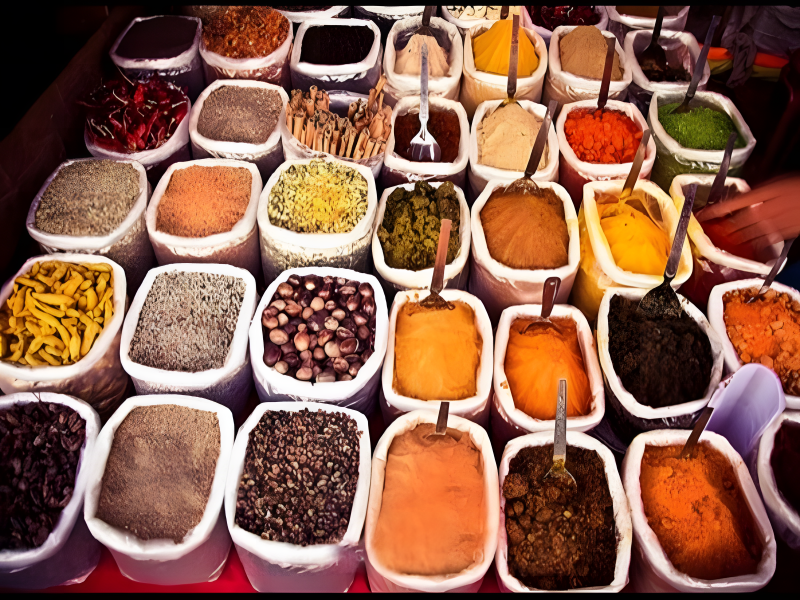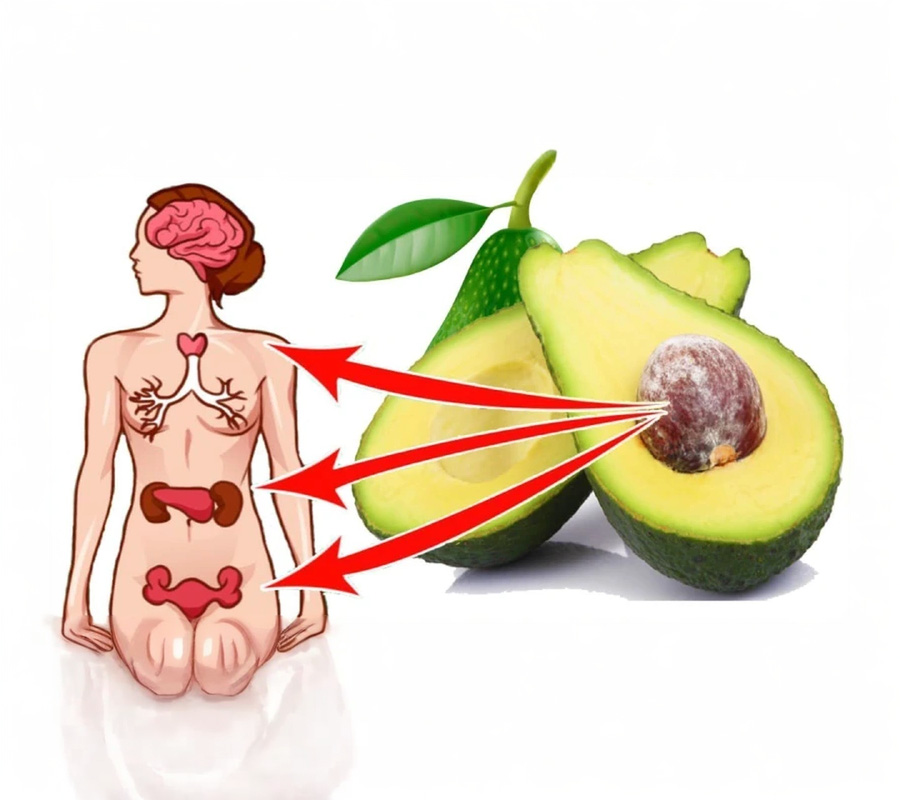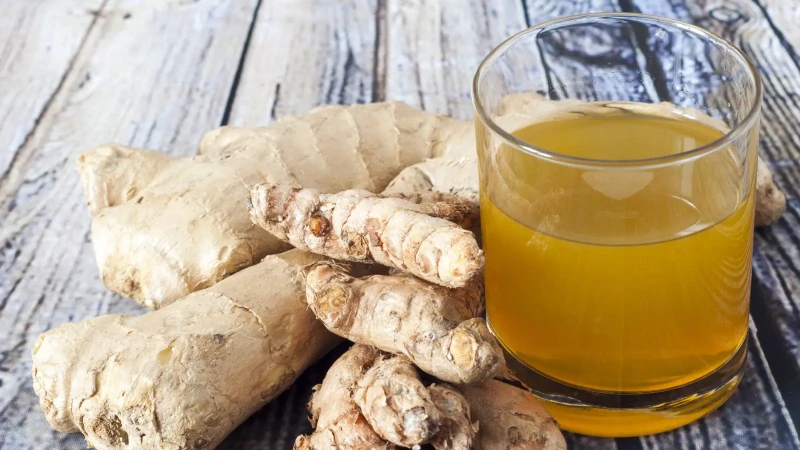Indian food plan.
India is a vegetarian nation, as you will discover if you travel there. Another goal of their diet is to avoid meat. Dairy products, veggies, cereals, and nuts are all acceptable.

Advertisement
The Indian food plan, deeply rooted in the country's cultural and religious traditions, offers a unique approach to nutrition that has gained attention worldwide for its health benefits and ethical considerations. While it's an oversimplification to call India entirely vegetarian – as meat consumption varies across regions and communities – vegetarianism is indeed more prevalent in India than in many other countries. This dietary preference is influenced by religious beliefs, particularly in Hinduism and Jainism, as well as economic and environmental factors.
The core of the Indian food plan revolves around plant-based foods, with a strong emphasis on vegetables, legumes, grains, and dairy products. This approach naturally aligns with many modern nutritional recommendations for a healthy diet. The avoidance of meat is not just a dietary choice but often a philosophical one, tied to the concept of ahimsa or non-violence towards all living beings.
Vegetables form a crucial component of the Indian diet, providing essential vitamins, minerals, and fiber. A typical Indian meal includes a variety of vegetable dishes, prepared using diverse cooking methods – from curries and stir-fries to steamed or raw preparations. Common vegetables include spinach, eggplant, okra, cauliflower, and a wide array of gourds and root vegetables. The use of spices and herbs not only enhances flavor but also adds nutritional and medicinal value to the dishes.
Cereals and grains are staple foods in the Indian diet, with rice and wheat being the most common. However, the diversity of grains used is remarkable, including millet, sorghum, barley, and a variety of lentils and beans. These provide complex carbohydrates, fiber, and plant-based proteins. The combination of rice or wheat with lentils, as seen in dishes like dal and rice or chapati with curry, creates a complete protein profile, addressing concerns about protein adequacy in a vegetarian diet.
Dairy products play a significant role in the Indian food plan, unlike in some other vegetarian diets. Milk, yogurt, and cheese (paneer) are widely consumed, providing calcium, protein, and probiotics. The fermented dairy product, yogurt or curd, is a daily staple in many Indian households, known for its digestive benefits.
Nuts and seeds are integral to the Indian diet, used both as standalone snacks and as ingredients in various dishes. Almonds, cashews, peanuts, and seeds like sesame and pumpkin are common, offering healthy fats, proteins, and micronutrients.
The Indian approach to cooking often involves the use of healthy fats like ghee (clarified butter) and coconut oil, which are believed to have various health benefits when consumed in moderation. The use of these traditional fats, combined with a plethora of spices and herbs, not only enhances the flavor of dishes but also contributes to their nutritional value.
One of the strengths of the Indian food plan is its emphasis on balanced meals. A typical Indian thali (plate) includes a harmonious combination of tastes and nutrients – carbohydrates from grains, proteins from lentils and dairy, vitamins and minerals from vegetables, and healthy fats from nuts and cooking oils. This natural balance helps in achieving nutritional adequacy without the need for meticulous planning.
However, it's important to note that modern Indian diets, especially in urban areas, have seen a shift towards more processed foods and higher sugar consumption, leading to increased rates of obesity and related health issues. The traditional Indian food plan, with its focus on whole, plant-based foods, offers a healthier alternative to these modern dietary trends.
In conclusion, the Indian food plan, with its emphasis on vegetarianism, diverse plant-based foods, and balanced meals, offers a nutritious and sustainable approach to eating. Its principles can be adapted to various lifestyles and dietary needs, making it an attractive option for those seeking a healthy, meat-free diet rich in flavors and nutrients.








